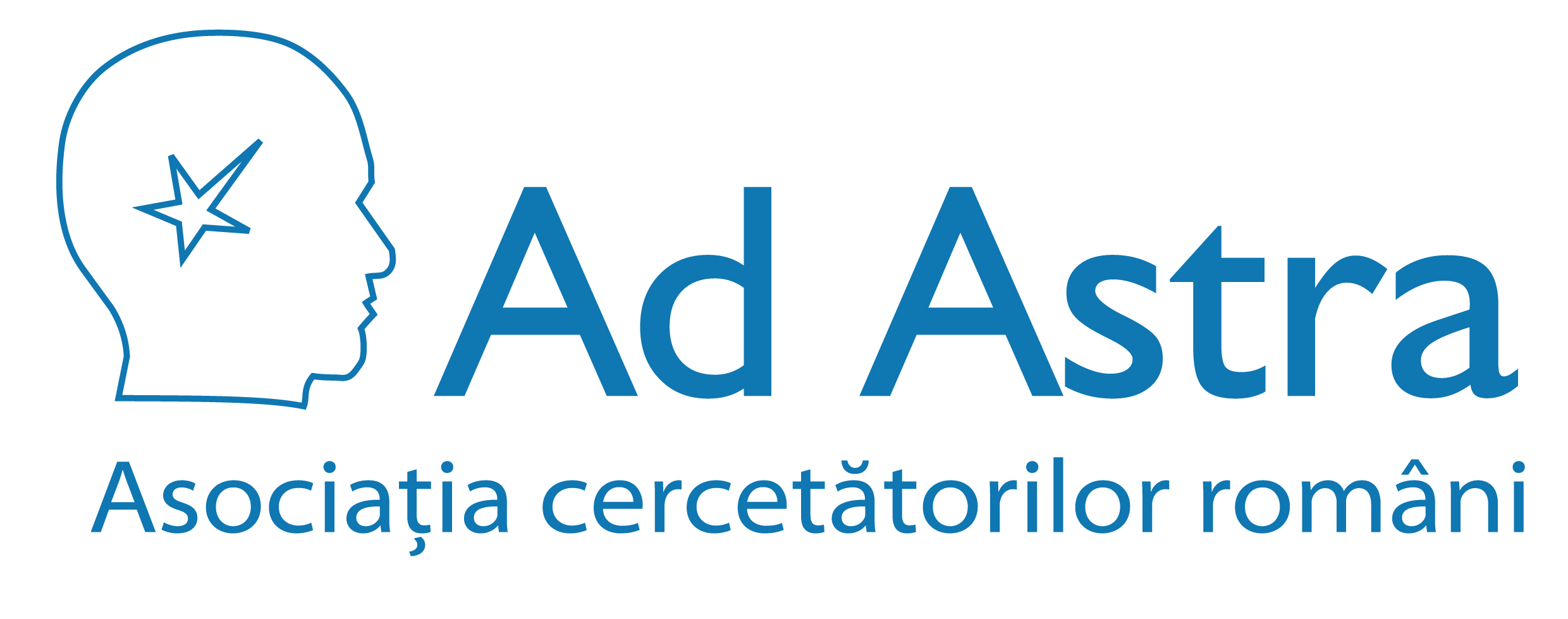Scopul nostru este sprijinirea şi promovarea cercetării ştiinţifice şi facilitarea comunicării între cercetătorii români din întreaga lume.
Staff Login
Automated classification of topography from SRTM data using object-based image analysis
Domenii publicaţii > Ştiinţele pământului şi planetare + Tipuri publicaţii > Articol în volumul unei conferinţe
Autori: Lucian Drãguţ, Clemens Eisank
Editorial: Hengl, T., I. S. Evans, J. P. Wilson, and M. Gould, Proceedings Geomorphometry 2011, p.113-116, 2011.
Rezumat:
We introduce an object-based method to automatically classify topography from SRTM data. The new method relies on the concept of decomposing land-surface complexity into more homogeneous domains. An elevation layer is automatically segmented and classified at three scale levels that represent domains of complexity by using self-adaptive, data-driven techniques. For each domain, scales in the data are detected with the help of local variance and segmentation is performed at these appropriate scales. Objects resulting from segmentation are partitioned into sub-domains based on thresholds given by the mean values of elevation and standard deviation of elevation respectively. Preliminary results of classification at global level are promising. Most objects have boundaries matching natural discontinuities at regional level. The results display a level of detail in between cell-based classifications and manually drawn maps. The method is simple and fully automated. The input data consists of only one layer, which does not need any pre-processing. Both segmentation and classification rely on only two parameters: elevation and standard deviation of elevation. Unlike cell-based methods, results are customizable for specific applications; objects can be re-classified according to the research interest by manipulating their attributes. The tool can be applied to any regional area of interest and can also be easily adapted to particular tasks.
Cuvinte cheie: Geomorphometry, DEM, OBIA, Local variance
URL: http://www.geomorphometry.org/system/files/DragutEisank2011geomorphometry.pdf

